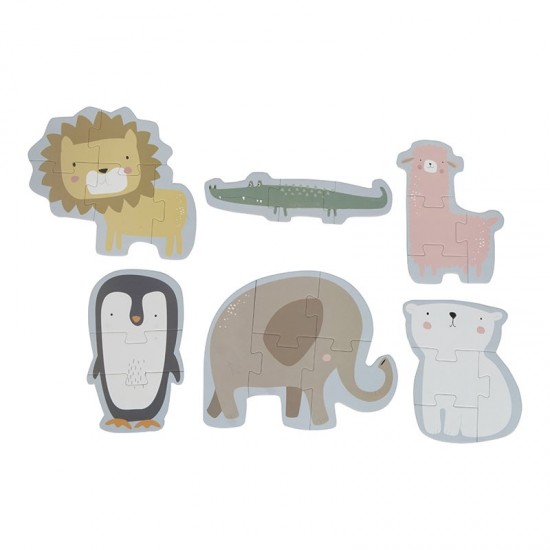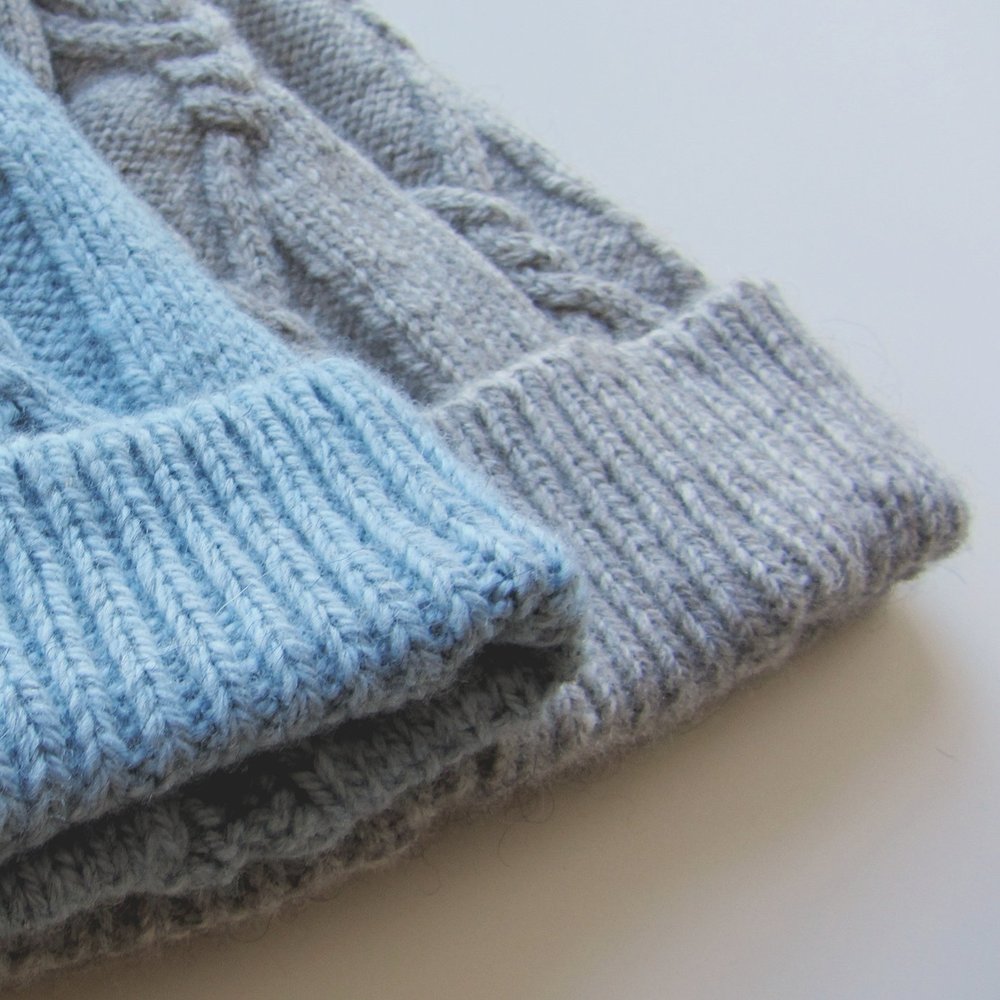
The most important part of knitting is the creation of new stitches. There are many ways to create an increase stitch. Some increases are virtually invisible while others cause distinctive effects in the fabric. This information will help you make better knitting choices. It is essential to be able to read a given pattern. Understanding the types of increases used in a pattern will help you understand the designer's intent.
There are two types of increases most commonly: single increases and double raises. Double increases are when you add two more stitches to an existing piece of work. Double increases add three new stitches to an already existing stitch. In either case, you work the new stitches into the strand that is between the existing stitches. Both increases go into the back loop of each stitch and tighten it. Some increases are more subtle than others. Others slant to the left or right. It can be difficult to identify a pattern due to these differences.

One of the easiest methods to increase a stitch is with single increases. These increases are typically worked on one side of the work. These increases are also the most versatile. They can be used to increase or decrease the number of stitches at the end of a row.
The M1 increase is another common increase. It is used to increase the length of a garment's edge. It's a horizontal loop made of yarn and is between the stitch on one needle and the last stitch that was knitted off the other. M1 increases are usually required when a pattern calls for an increase. There are two main types of M1R M1L increases. The M1L is thought of as the default M1 stitch, but the M1R is easier to learn.
Bar increases are another popular option for increasing stitches. They are best done on the knit, but can also be worked on both the purl and knit sides. These are sometimes called "make-one" increases. They create a bar that falls to the left of the increase. They are very easy to work, and are sometimes used in place of knit front and back increases. They are great for creating decorative holes in lace and can be very decorative. Depending on the fabric, they may be more noticeable or less visible than a tighter increase.
Knit front and back increases, twisting stitches and a knit back slip back are all other increases. These increases are worked by knitting into the same stitch twice, and they help to eliminate a bar from the standard knit front and back. The twisting stitch looks a lot like a wheat sheaf. These increases are popular for beginner knitters.

The increase stitches are an essential part of knitting. Understanding them can help to better understand the designers' intentions. Some increases are concealed in seams. Others are visible and cause a bump to the fabric. You can read patterns and make better knitting decisions by understanding the different types.
FAQ
Why do we need hobbies
Hobbies are a vital part of our lives as they allow us to unwind, relax, think creatively and exercise. They also give us the opportunity to socialize, network, and have fun. We also have the chance to learn new skills and pursue lifelong passions.
Hobbies allow us to find meaning in our lives.
They can be a great way of spending time without having to do anything else.
They're also fun!
You probably don’t have enough time to pursue hobbies.
Take a look at the many options that are available to you. Maybe you should consider starting a hobby.
Is it possible to become rich from a hobby?
Not necessarily.
If you are interested in starting a business that is based on your hobby you can be a millionaire.
Let's say, for instance, you are a passionate cook. You love healthy food, so it was a natural decision to open your own restaurant.
You only offer organic meals from scratch. Customers pay a small charge to cover the cost of ingredients and labor.
You will eventually be able to grow your client base and hire people who are willing to work with you.
You will eventually be able to expand your menu with vegan options and gluten-free choices, as well as desserts.
You've now created a profitable business that allows you to live the life you desire.
Of course, this doesn't mean you must give up your day job.
You could, instead, run your restaurant while also maintaining your regular 9-5 work schedule.
How can I find a hobby for myself?
At first, it may seem like there is nothing you can do.
You're likely thinking, "I can't be very artistic" or "I have no idea what I'm doing."
There is a good chance that you have some experience with hobbies.
It's only that you don't know it yet.
Take a good look at what you have in your house. Do you have a lot of stuff?
Do you have any toys from the past?
Maybe you have a collection of books or magazines.
Perhaps you've always wanted a career in cooking.
Perhaps you would like to play guitar again.
Whatever it may be, you can likely turn it into something.
The key is to see that you already have many experience to draw upon.
Once you do that, you can choose a hobby to fit your life.
What are observation hobbies?
Observation hobbies can be activities that you watch people do. They might include watching sports, reading books, going on holiday, etc. You could also observe other people.
Observation hobbies can be very beneficial because they allow you to learn how creative thinking works. You can draw on this knowledge later, when you work on projects for others.
You will discover that learning is easier when you are interested.
For example, if you want to know more about football, you may watch a game or read a book about it. If you want to learn more about photography, you could take or visit exhibitions.
You can play along with songs online or purchase a guitar if you love music.
You could also choose to cook at home or go to restaurants if you are a good cook.
You could also grow flowers or vegetables if you enjoy gardening.
You could take a class or go out dancing with your friends if you enjoy dancing.
You could also paint pictures if you are a fan of painting.
Writing poetry or stories is a passion if you are a writer.
You can draw pictures if your passion is drawing.
If you have a passion for animals, you might be able to look after them or work in a zoo.
If you like science, you could study biology, chemistry, physics or maths.
History lovers can watch films, read books or listen to podcasts.
If you like traveling, you could travel abroad or explore your local area.
Statistics
- Almost 80% of people claim to have no hobby. (hobbylark.com)
- The Role of the Mind in Sex, Dating, and Love: Men in the “humor” condition received phone numbers from 42.9% of the female participants and were refused 57.1% of the time. (time.com)
- A new survey by Pew Research Center of teens ages 13 to 17 finds that 36% of girls feel tense or nervous about their day every day; 23% of boys say the same. (pewresearch.org)
- Much of this decline reflects the fact that teens are less likely to work today than in the past; among employed teens, the amount of time spent working is not much different now than it was around 2005. (pewresearch.org)
- This 100% accurate personality-analyzing hobby quiz discovers your passion based on your characteristics. (quizexpo.com)
External Links
How To
How to get started in woodworking
There are many options for getting started in woodworking. It is possible to use power, hand or a combination. The most common tools are saws, drills, sanders, and routers.
You need to decide the type of project you are going to make and the best tool for it. If you are planning to build furniture, then you will need a router, table saw, drill press and jigsaw. If you are building a cabinet or picture frame, all you need is a circular saw and mitersaw.
You can always ask the staff at your local hardware store to help you choose the right tool for you. Or, you can look online at some websites dedicated to this hobby. These websites often offer helpful tips for how to purchase the right tools.